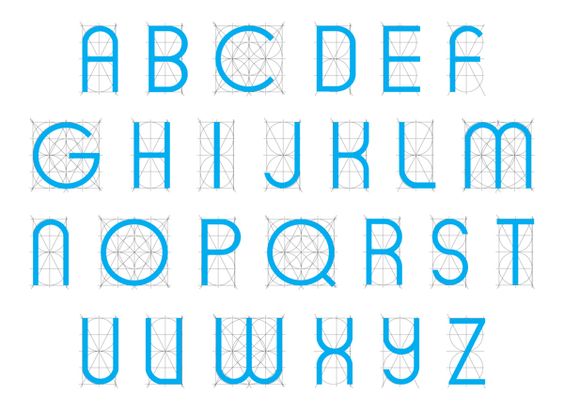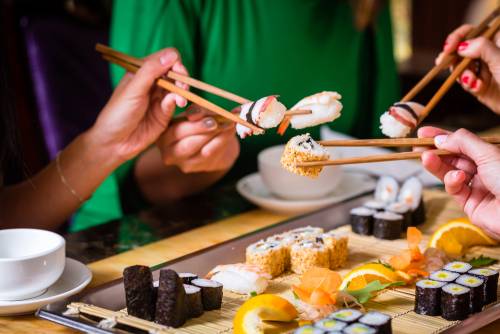Ein Gebiet des Sound Designs ist das Sonic Interface Design / UX Design, welches unter anderem auch in der Automobilindustrie angewandt wird. Die im Sonic Interface / UX Design eingesetzten Sounds nennt man funktionale Klänge oder auch UI-Sounds, diese sind überall in unserem Alltag zu finden bzw. zu hören. Der Sound des Weckers, der Blinker oder Abstandsmesser im Auto, die Kirchenglocke, das Piepen im Supermarkt beim Kassiervorgang, bei Sprachassistenten, bei Messengern usw.[1] All diese Sounds geben zusätzliche Informationen und helfen Vorgänge besser zu verstehen. Eine gute und umfangreiche Beschreibung für funktionale Klänge findet man bei Georg Spehr:
„Funktionale Klänge übertragen Informationen, beschreiben Zustände und spiegeln Arbeitsprozesse. Sie helfen Vorgänge zu erkunden, unklare Situationen zu deuten und unbekannte Strukturen zu verstehen. Sie dienen als Werkzeug, verändern unsere nächste Umgebung und erzählen kleine Geschichten. Wir agieren mit ihnen, bewusst und unbewusst. Funktionale Klänge haben eine Bedeutung in unserem Leben, Wirken und Arbeiten, auch wenn wir sie nicht immer offensichtlich wahrnehmen.“[2]
Sonic Interaction Design ist Teil des User Interface Design. Dabei wird die visuelle Schnittstelle mit einer akustischen ergänzt, um die Benutzerfreundlichkeit von Geräten, Maschinen und Websites zu verbessern. Dabei lassen sich die funktionalen Klänge nochmals in zwei Gruppen aufteilen: die Benachrichtigungssounds und die Interaktionssounds.
Benachrichtigungssounds werden verwendet, „um die Aufmerksamkeit des Users auf ein bestimmtes Ereignis zu lenken“. Bei Interaktionssounds geht es darum, dem Nutzer ein Feedback über die richtige Ausführung einer Funktion zu geben.[3] „Für User ist es immer angenehm, die Ergebnisse Ihrer Aktivitäten zu spüren und zu erkennen, dass alles gut gelaufen ist.“[4] Benachrichtigungssounds, sowie Interaktionssounds sind beide unabhängig von einer grafischen Schnittstelle und können in Situationen, wie z.B. dem Auto fahren, bei welcher der/die Nutzer*in nicht die Möglichkeit hat auf einen Bildschirm zu blicken, wichtige Signale oder Hinweise liefern.
Bei digitalen Produkten gibt es üblicherweise für den Anwender die Option die funktionellen Sounds stumm zu stellen, welches auch oftmals passiert. Rainer Hirt und Aron Brunsch meinen in ihrem Artikel dazu, dass sich in einem solchen Falle der Sound Designer nochmal hinterfragen sollte, ob diese Sounds wirklich sinnvoll und nützlich sind und einen Mehrwert bieten. Gleichzeitig betonen sie aber auch die Notwendigkeit von funktionellen Sounds in bestimmten Alltagssituationen.[5]
“Konzeptionell-gestaltete akustische Feedbacks können dazu beitragen, den Anwender zu entlasten und im Idealfall auch die Kundenbindung zum Produkt oder zur Marke zu stärken.[6]
Dies zeigt in jedem Falle, dass das Prinzip einer konzeptionellen Herangehensweise sehr wichtig für die Gestaltung von Funktionssounds ist. Dieser Meinung ist auch Spehr. Er sieht auch die Komplexität von Funktionssounds. Er meint, dass diese „nicht universell, sondern sehr spezifisch“ sind.[7]
Durch den richtigen Einsatz können bei Nutzer*innen auch positive Gefühle gegenüber einem Produkt oder einer Marke entstehen. „Werden Klänge jedoch bewusst gestaltet, können diese akustischen Informationen nicht nur die Benutzerfreundlichkeit und den “Joy of Use” erhöhen, sondern auch einen qualitativ wahrnehmbaren Mehrwert für das eigentliche Produkt und/oder für die jeweilige Marke generieren.“[8]
Für den Einsatz von Sounds im UI/UX-Design gibt es deshalb bestimmte Gestaltungsprinzipien:
- Es ist eine konzeptionelle Herangehensweise nötig
- Hörgewohnheiten und Erwartungshaltungen von Nutzern sollten berücksichtigt werden
- Vorschriften in Bereichen wie der Medizin oder der Automobilindustrie, sollten beachtet und gekannt werden
Diese Prinzipien sollen zur Orientierung dienen und klären was man tun darf, kann und sollte. Sie decken jedoch nicht alle Gebiete ab, gerade wenn es um neue Einsatzbereiche geht.[9] Hirt und Brunsch schreiben: „Eine Ausnahme hingegen stellen innovative Anwendungsbereiche dar, deren akustische Grundprinzipien völlig neu definiert werden können.“[10] Gerade im Zeitalter der Digitalisierung spielt dies eine große Rolle. Durch die Häufung von neuen Produkten, besteht die Gefahr der Reizüberflutung. So wird es in Zukunft wohl eher an zurückhaltenden funktionalen Klängen bedürfen, welche trotzdem zum Nutzer durchdringen und ihre Wirkung entfalten können. Hirt und Brunsch sprechen hier „von einem Dilemma im Sinne von >>Reizüberflutung vs. Durchdringung<<“.[11]
Bezüglich Digitalisierung sind auf Smartphones und Tablets funktionale Sounds schon sehr etabliert, allerdings werden sie in Apps und auf Webseiten noch völlig außenvorgelassen.[12] „Während Sonic Interface Design auf mobilen Websites und Apps noch nicht nativ ist, ist er auf Smartphones nativ und informiert die User über neue E-Mails, eingehende Textnachrichten und Kalenderereignisse an.“[13]
Weiss sieht in der „auditiven Inszenierung“ von Websites und Apps großes Potential. Um der Gefahr der Reizüberflutung zu umgehen, bietet er eine einfache Lösung. Ein Button, soll dem/der Nutzer*in erlauben selbst zu bestimmen, ob der Sound abgespielt werden soll oder nicht.[14]
Bei einem Blick in die Zukunft sehen Hirt und Brunsch vor allem bei Sprachassistenten, Augmented und Virtual-Reality Potential für UI-Sounds. Allerdings fragen sie sich auch was passiert, wenn die Mensch-Maschine-Interaktion nur noch mittels Sprache stattfinden würde und welche Rolle funktionale Klänge dann in diesem Bereich noch spielen würden, oder ob es diese dann überhaupt noch braucht.[15]
[1] Vgl. Hirt; Brunsch 2018 o. S.
[2] Spehr 2009, S. 9.
[3] Vgl. Online Solutions Group GmbH; Müller o. J. o. S.
[4] Online Solutions Group GmbH; Müller o. J. o. S.
[5] Vgl. Hirt; Brunsch 2018 o. S.
[6] Hirt; Brunsch 2018 o. S.
[7] Vgl. Spehr 2009, S. 12.
[8] Hirt; Brunsch 2018 o. S.
[9] Vgl. Hirt; Brunsch 2018 o. S.
[10] Hirt; Brunsch 2018 o. S.
[11] Vgl. Hirt; Brunsch 2018 o. S.
[12] Vgl. Online Solutions Group GmbH; Müller o. J. o. S.
[13] Online Solutions Group GmbH; Müller o. J. o. S.
[14] Vgl. Weiss 2015, S. 63.
[15] Vgl. Hirt; Brunsch 2018 o. S.
Hirt, Rainer; Brunsch, Aaron (2018): Host Europe Blog. UX-Sound-Design im Zeitalter der Digitalisierung. Online im Internet: URL: https://www.hosteurope.de/blog/ux-sound-design/ (Zugriff am: 12.12.2020).
Online Solutions Group GmbH; Müller, Florian (o. J.): Online Solutions Group. Was ist Sonic Interface Design / UX Design? | Online Marketing Glossar der OSG. Online im Internet: URL: https://www.onlinesolutionsgroup.de/blog/glossar/s/sonic-interface-design-ux-design/ (Zugriff am: 12.12.2020).
Spehr, Georg (Hrsg.) (2009): Funktionale Klänge: hörbare Daten, klingende Geräte und gestaltete Hörerfahrungen. Bielefeld: Transcript (= Sound studies).
Weiss, Peter Philippe (2015): Wenn Design die Materie verlässt: Sound. Das Design der Emotionen, der Imagination und der Lebendigkeit. Norderstedt: Books on demand.











